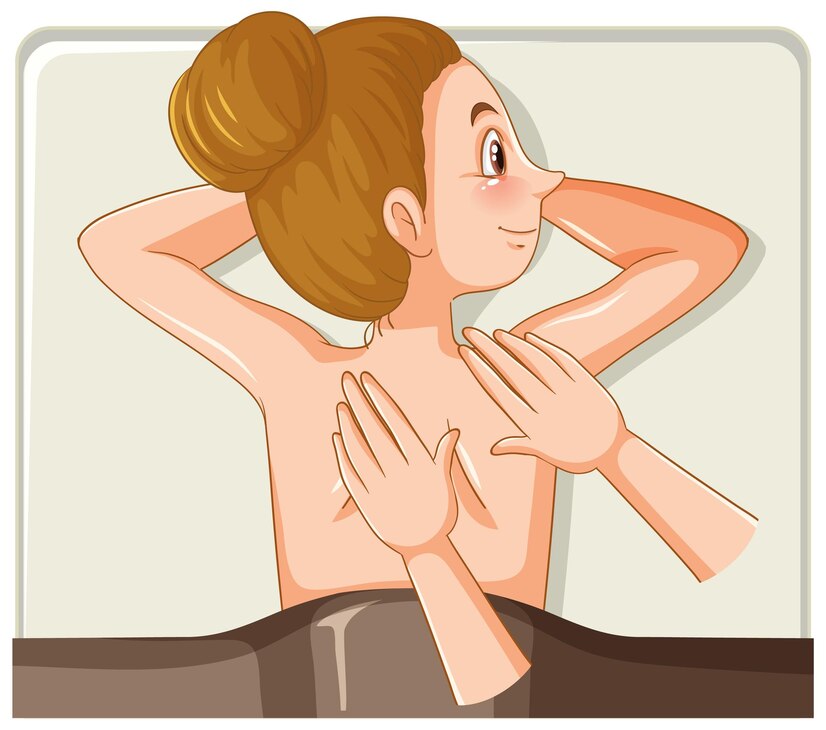Warm compresses have been used for centuries as a natural remedy for pain relief. Applying heat to sore or stiff areas can provide comfort and promote healing. This article delves into the science behind warm compresses and their benefits for pain management.
How Warm Compresses Work
1. Increasing Blood Flow:
Heat from a warm compress dilates blood vessels, increasing blood flow to the affected area. This enhanced circulation delivers more oxygen and nutrients to tissues, promoting healing and reducing pain.
2. Reducing Muscle Tension:
Heat helps to relax and loosen tight muscles. By decreasing muscle tension, warm compresses can alleviate pain and stiffness, making them particularly beneficial for conditions like muscle strains and spasms.
3. Soothing Nerve Endings:
The warmth from a compress can soothe nerve endings, reducing pain signals sent to the brain. This can provide relief from chronic pain conditions and acute injuries.
Conditions Benefited by Warm Compresses
1. Muscle Pain and Stiffness:
Warm compresses are effective for relieving muscle pain and stiffness caused by overuse, injuries, or conditions like fibromyalgia.
2. Joint Pain:
Heat therapy can be beneficial for arthritis and other joint-related conditions, reducing pain and improving mobility.
3. Menstrual Cramps:
Applying a warm compress to the lower abdomen can help alleviate menstrual cramps by relaxing the uterine muscles.
4. Back Pain:
Chronic back pain sufferers often find relief with warm compresses, as heat can reduce muscle spasms and improve flexibility.
5. Headaches:
For tension headaches, placing a warm compress on the neck or shoulders can help relax tight muscles and reduce headache pain.
Using Warm Compresses Safely
1. Appropriate Temperature:
Ensure the compress is warm, not hot, to avoid burns. Test the temperature on a less sensitive area of your skin before applying it to the painful area.
2. Duration:
Apply the warm compress for 15-20 minutes at a time. Longer durations can lead to burns or skin damage.
3. Frequency:
Use warm compresses several times a day as needed. Allow your skin to cool between applications to prevent overheating.
4. Moist Heat vs. Dry Heat:
Moist heat (e.g., a damp towel heated in the microwave) can be more effective and penetrate tissues more deeply than dry heat (e.g., a heating pad).
5. Safety Precautions:
Never fall asleep with a heating pad on, and always follow the manufacturer's instructions for heating and use.
DIY Warm Compress Methods
1. Heated Towel:
Soak a towel in hot water, wring it out, and apply it to the affected area. Ensure the towel is not too hot to touch.
2. Microwaveable Heat Pack:
Fill a clean sock with uncooked rice or beans, tie the end, and microwave it for 1-2 minutes. Apply the warm pack to the painful area.
3. Electric Heating Pad:
Use an electric heating pad with adjustable heat settings. Start with the lowest setting and increase the heat as needed.
Warm compresses are a versatile and effective method for relieving various types of pain. By increasing blood flow, reducing muscle tension, and soothing nerve endings, heat therapy can provide significant relief for muscle pain, joint pain, menstrual cramps, back pain, and headaches. Using warm compresses safely and effectively can enhance your pain management routine and improve your quality of life.




